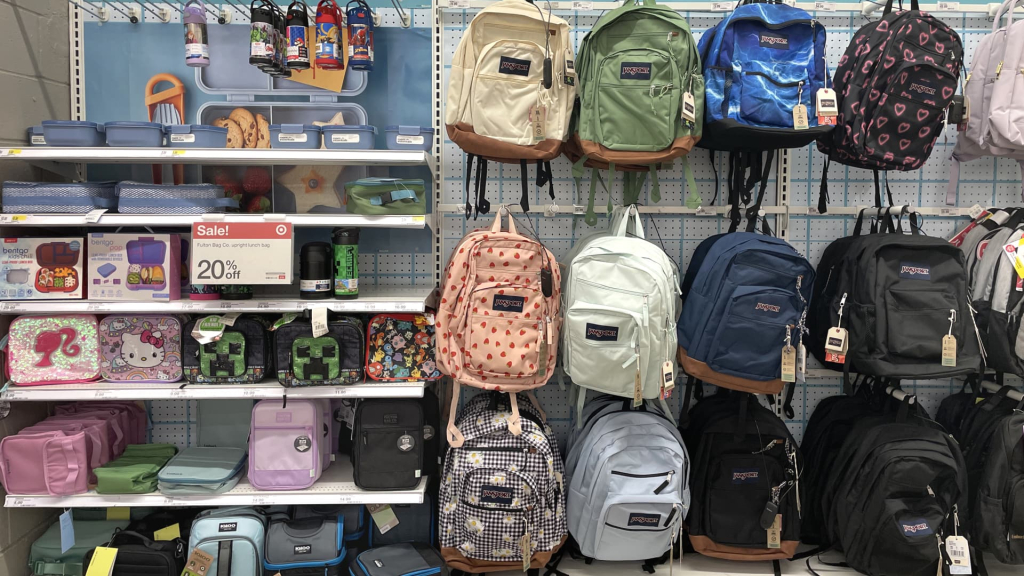A new consumer survey by PwC reveals that families are expressing considerable commitment to back-to-school spending this year, undeterred by economic challenges. Almost 75% of parents plan to spend the same or more on school supplies than last year, with over one-third expecting to increase their expenditures.
Kelly Pedersen, PwC’s U.S. retail leader, commented that much of this spending revolves around essential items. “It’s people knowing that they’re going to need specific books or school supplies, including technology for their kids,” she noted.
The survey underscores a trend towards value-conscious purchasing; however, Pedersen emphasized that back-to-school expenditures remain a vital necessity every year.
Recent temporary pauses on certain tariffs under President Donald Trump have been received positively by consumers, though the future of these tariffs remains ambiguous. Some retailers have indicated intentions to raise prices, further complicating the landscape.
Retail giants Walmart and Target have announced plans to increase prices on select items, while Best Buy has already implemented some price hikes. Pedersen noted, “Many average consumers in the U.S. feel a sense of unease regarding impending tariffs and potential price changes.”
Looking ahead, value is expected to play a pivotal role, with a noticeable shift toward discount retailers over recent months.
Indeed, the survey found that bargain hunting and reusing last year’s supplies are among the primary strategies parents will employ to save money this back-to-school season. Technology and clothing are the two areas where some consumers indicate they will cut back the most, even as essentials like books and school supplies remain relatively protected.
For technology, 25% of parents anticipate spending over $500, while approximately 42% plan to limit their expenditures to under $50.
While overall back-to-school spending appears stable, shopping behaviors are evolving. A notable trend is the impact of artificial intelligence, with one in five shoppers intending to utilize AI tools to uncover online deals this season.
In the realm of physical shopping, Gen Z parents are setting the pace, demonstrating a strong preference for in-store shopping compared to their Millennial and Gen X counterparts. This trend may signal a resurgence in brick-and-mortar retail, according to PwC’s analysis.


























